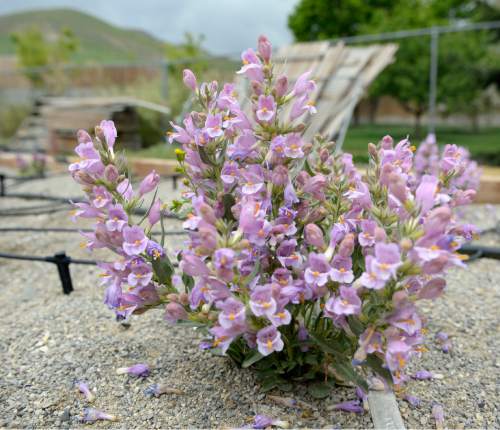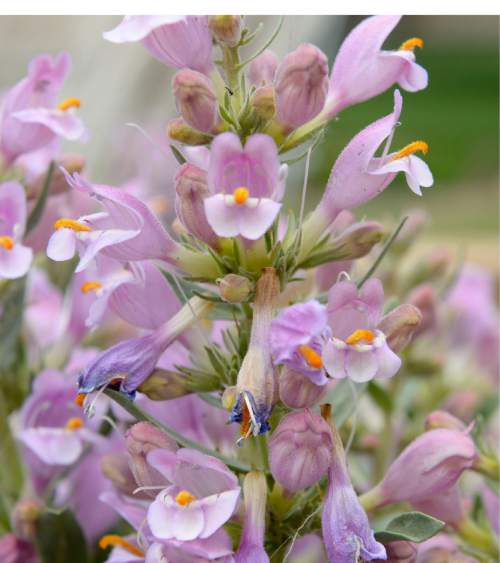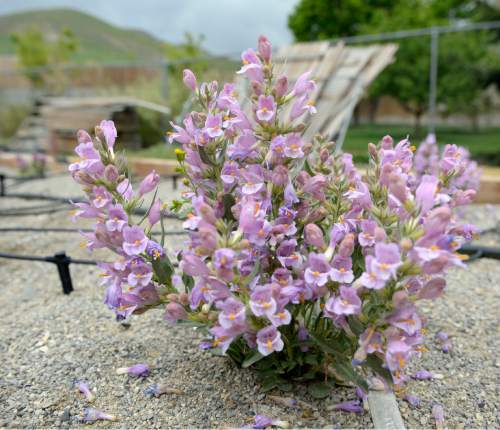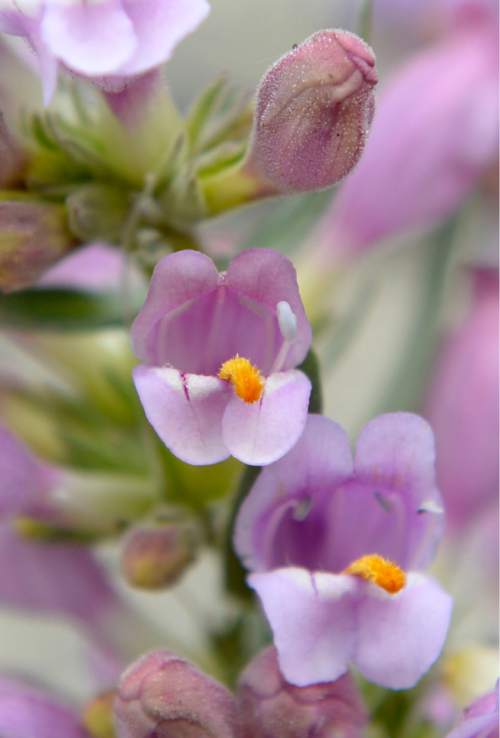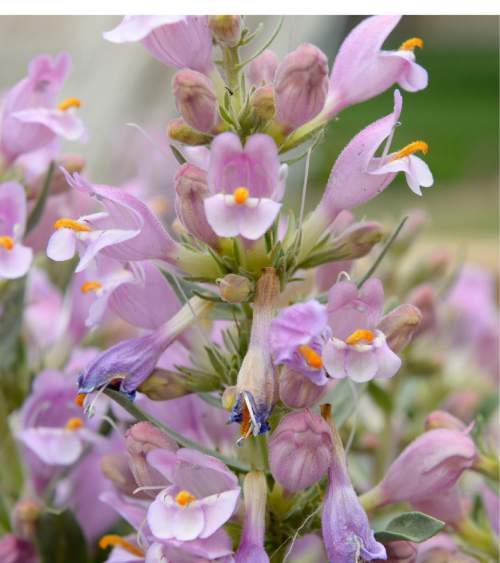This is an archived article that was published on sltrib.com in 2015, and information in the article may be outdated. It is provided only for personal research purposes and may not be reprinted.
Another lawsuit is challenging the U.S. Fish and Wildlife Service's decision not to include two wildflowers on the Endangered Species List.
The rare desert blossoms grow almost exclusively over Colorado and Utah's oil shale deposits.
Last year, the service cited a new conservation agreement it forged with Utah officials in ruling that Graham's and White River beardtongue do not need federal protection.
In papers filed last week in U.S. District Court in Denver, however, several environmental groups contend the agreement is really designed to ensure the survival of oil shale mines trying to gain a foothold on Utah's state trust lands in the Uinta Basin, where the plants are endemic.
The suit calls out remarks by state School and Institutional Trust Lands Administration general counsel John Andrews, a key author of the conservation agreement, to make the case that the document is based more on economics than science.
At two meetings last year, Andrews reportedly told the SITLA board that industry is giving up nothing because the deal restricts development only on land the state does not plan to develop during the plan's 15-year time frame.
Utah's conservation agreement "relies on speculative, future conservation measures that, even if implemented, will provide insufficient protection to only a fraction of the beardtongue habitat that [the Service] has determined to be essential to the conservation of the species," states a suit filed by Earthjustice on behalf of the Utah Native Plant Society and six other groups.
"The conservation agreement is a giveaway to the fossil fuel industry," Earthjustice attorney Robin Cooley said. "Although the Fish and Wildlife Service previously identified habitat that was essential to the survival of these wildflowers, the agency rolled over during negotiations and sacrificed more than 40 percent of this essential habitat, including lands the oil shale industry plans to strip mine in the next 15 years."
Andrews contends the suit distorts his agency's position. "They have cherry-picked little bits and spun them for PR that is legally meaningless," he said. "How we saw a benefit for our lessees doesn't really matter."
For 31 years, environmentalists and the energy industry have fought over whether the two species of beardtongue, also called penstemon, should be listed as a threatened species. But it is unclear whether listing would make a difference for the colorful flowers' habitat on SITLA lands.
The Endangered Species Act extends no protection for listed plants growing on private and state lands. Under the Utah agreement, development would be restricted on 14 square miles of SITLA land. That's 14 square miles of flower habitat that would not otherwise be protected, Andrews said.
Meanwhile, on the state trust lands that could be mined, the agreement requires surveys of plant communities, avoiding them if possible and salvaging beardtongue to be relocated. Recent surveys document 24 populations of Graham's beardtongue with 31,702 plants and seven White River populations with 11,423 plants, according to Fish and Wildlife.
The agreement protects about two-thirds of the plants by blocking disturbances within 300 feet of plants inside conservation areas. It also limits disturbances to 5 percent and 2.5 percent of the land inside the areas for Graham's and White River beardtongue, respectively.
SITLA has lands under lease to three oil-shale developers whose project areas were excluded from the agreement.
Fish and Wildlife "recognized oil shale mining as a threat to the beardtongues in large part because of the substantial number of beardtongue plants living on state and private lands where such mining is planned," the suit alleges. "However, under pressure from the State of Utah, Uintah County, and the oil shale industry, FWS acquiesced to a 15-year Conservation Agreement that includes no protections for beardtongues on the lands most likely to be mined in the next 15 years."


